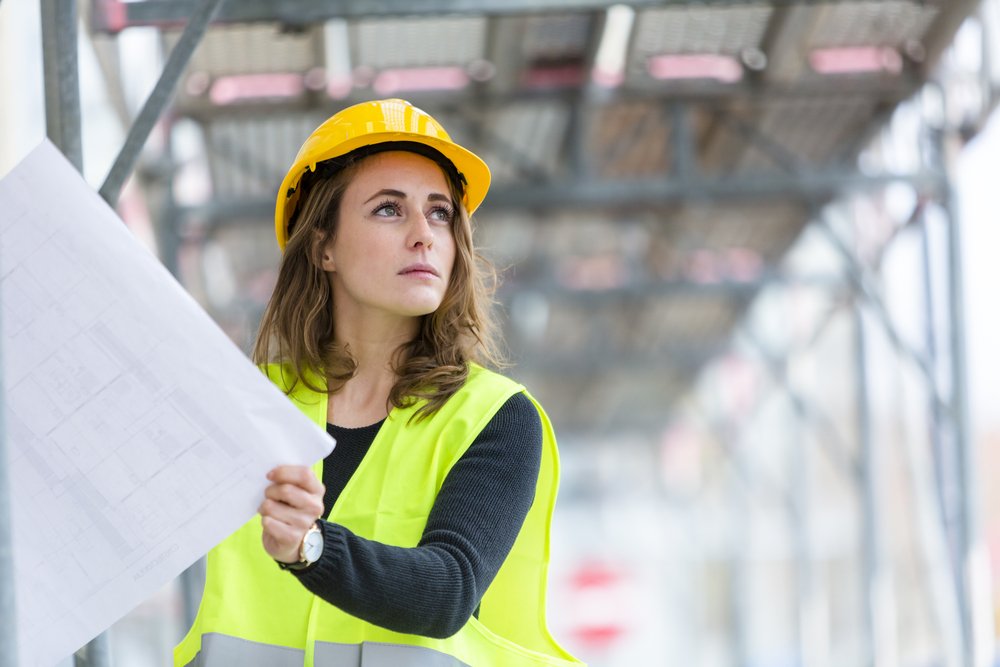Construction is the process of building or assembling infrastructure, residential, commercial, or industrial facilities. It plays a pivotal role in shaping urban landscapes and meeting societal needs for shelter, commerce, and industry. Historically, construction techniques have evolved from rudimentary methods to sophisticated modern practices that incorporate technology and sustainable principles.
Types of Construction
Residential Construction
Residential construction involves building homes, apartments, and other dwellings. It encompasses single-family homes, townhouses, condominiums, and residential developments. Each project is tailored to meet the specific needs of homeowners, focusing on comfort, functionality, and aesthetic appeal.
Commercial Construction
Commercial construction pertains to structures designed for business and retail purposes. This includes office buildings, shopping malls, restaurants, and hotels. Commercial projects often require careful planning to accommodate various businesses while adhering to zoning regulations and maximizing space utilization.
Industrial Construction
Industrial construction involves facilities for manufacturing, processing, and production. These include factories, warehouses, power plants, and refineries. Industrial projects prioritize functionality, efficiency, and safety to support large-scale operations and production processes.
Infrastructure Projects
Infrastructure construction involves building essential public facilities such as roads, bridges, airports, and utilities. These projects improve connectivity, facilitate transportation, and enhance community services. Infrastructure construction requires collaboration between government agencies, engineers, and construction firms to ensure durability and compliance with safety standards.
Key Phases of a Construction Project
Planning Phase
The planning phase is crucial in defining project goals, assessing feasibility, and establishing initial designs. Site selection involves evaluating factors like location accessibility, soil stability, and environmental impact. Feasibility studies analyze economic, environmental, and social impacts to determine project viability.
Pre-construction Phase
During the pre-construction phase, projects undergo regulatory approvals and permitting processes. This involves obtaining necessary permits and complying with building codes and zoning regulations. Procurement of materials and equipment is also critical to ensure timely delivery and cost efficiency.
Construction Phase
The construction phase involves executing the project plan, starting with foundation and structural work. This phase includes erecting framework, installing utilities, and integrating systems like HVAC and electrical. Attention to detail and adherence to construction schedules are essential to meet deadlines and budget constraints.
Post-construction Phase
After construction, projects undergo inspections and quality assurance to verify compliance with design specifications and safety standards. Final adjustments and finishing touches are completed to prepare the structure for occupancy or operational use. Handover to stakeholders includes documentation, training, and maintenance guidelines for ongoing care and management.
Roles and Responsibilities in Construction
Project Owner/Client
The project owner or client initiates and funds construction projects, outlining goals, timelines, and budget constraints. They collaborate with architects, engineers, and contractors to ensure project objectives align with business or community needs.
Architect and Engineers
Architects and engineers design and plan construction projects, translating client requirements into technical drawings and specifications. They oversee structural integrity, building aesthetics, and compliance with building codes and regulations throughout the project lifecycle.
Contractors and Subcontractors
Contractors manage construction activities, coordinating subcontractors and laborers to execute tasks according to project plans. They oversee scheduling, budgeting, and quality control to ensure projects are completed on time and within budget.
Inspectors and Regulatory Bodies
Inspectors and regulatory bodies monitor construction activities to ensure compliance with safety standards, building codes, and environmental regulations. They conduct inspections at various project stages to verify structural integrity and adherence to approved plans.
Challenges and Solutions in Construction
Budgeting and Cost Management
Effective budgeting and cost management are critical to construction project success. Challenges include unexpected expenses, price fluctuations in materials, and labor costs. Solutions involve detailed cost estimation, contingency planning, and proactive budget monitoring throughout the project lifecycle.
Timeline and Scheduling Issues
Delays in construction timelines can result from weather conditions, logistical challenges, or unforeseen site conditions. Solutions include realistic scheduling, buffer periods for potential delays, and efficient project management practices to maintain progress and meet deadlines.
Safety and Environmental Considerations
Construction sites pose safety risks to workers and nearby communities. Challenges include maintaining safety protocols, preventing accidents, and minimizing environmental impact. Solutions include safety training, hazard identification, and sustainable construction practices to reduce waste and emissions.
Technology and Innovation in Construction
Advancements in technology, such as Building Information Modeling (BIM) and drones, enhance efficiency and accuracy in construction projects. Challenges include integrating new technologies, training workers, and managing data effectively. Solutions involve investing in technology, promoting innovation culture, and adopting digital tools to streamline processes and improve project outcomes.
Future Trends in Construction
Sustainable Construction Practices
The future of construction emphasizes sustainability, with projects designed to minimize environmental impact and conserve resources. Trends include green building certifications, energy-efficient designs, and use of recycled materials to promote eco-friendly construction practices.
Integration of AI and Robotics
Artificial Intelligence (AI) and robotics revolutionize construction with automated processes, predictive analytics, and remote monitoring capabilities. Future applications include autonomous machinery, 3D printing, and AI-driven project management systems to enhance productivity and precision on construction sites.
Modular and Prefabricated Construction Methods
Modular and prefabricated construction methods accelerate project timelines and improve construction quality. These methods involve assembling building components off-site and transporting them for rapid installation, reducing construction waste and labor costs.
Conclusion
Construction projects are integral to shaping communities and meeting infrastructure needs worldwide. By understanding the phases, roles, challenges, and future trends in construction, stakeholders can collaborate effectively to deliver sustainable, innovative, and resilient built environments for future generations.

